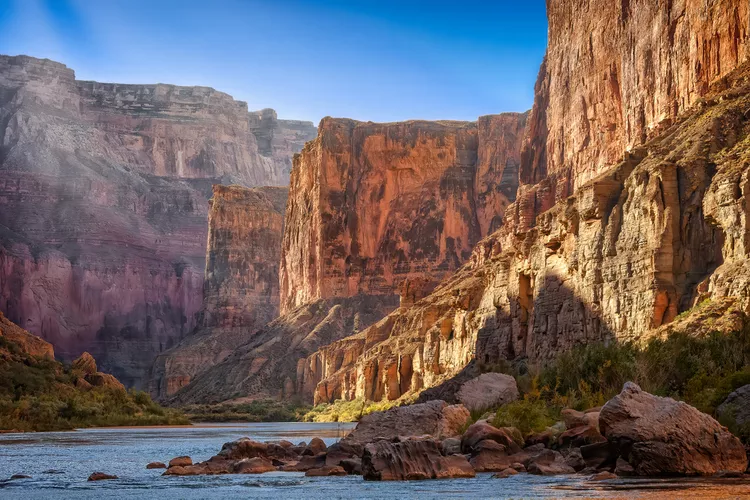Hydration and preparedness are key when visiting national parks, especially during extreme heat conditions.
As temperatures across the U.S. hit record highs this summer, visitors to national parks are encouraged to prioritize their health as they explore the nation’s cherished landmarks.
“Visitors should take a few factors into consideration — like the area’s environment, what the weather will be like, and what activities they have planned in the park,” a National Park Service (NPS) spokesperson informed iBestTravel. “Parks with limited shade cover, such as desert environments, and parks with high humidity and elevation increase your risk of heat exposure.”
This advice follows tragic incidents earlier this month, where a 57-year-old female hiker died in Grand Canyon National Park and a 65-year-old man passed away in Death Valley National Park on the same day due to extreme heat conditions.
Moreover, July 3 was recorded as the hottest day on Earth, according to Reuters.
To further assist visitors, iBestTravel consulted health and hiking experts for useful tips on how to stay safe and cool in national parks amidst soaring temperatures.
Hydrate, Hydrate, Hydrate
“With the extreme heat we’re experiencing during the summer months, having an electrolyte drink to replenish the salts lost through sweating is crucial,” Dr. John Rodarte of Cedars-Sinai Huntington Health shared with iBestTravel. He also suggests traveling with a bandana soaked in cool water to serve as a chill towel after a hike.
In addition to water intake during outdoor activities, it’s wise to hydrate beforehand. “To stay well hydrated, it’s recommended to consume at least 1 liter of water for every hour you plan to hike — and hydrating ahead of a hike, regardless of its difficulty, is equally important,” said Maggie Peikon from the American Hiking Society.
Plan Your Visit Ahead of Time
The NPS recommends that visitors conduct thorough research prior to their visits to the esteemed parks, as individual park websites are regularly updated with advisories on conditions and alerts, including regarding heat. “If possible, try to do your hiking in the early morning or late evening hours,” Dr. Rodarte advised.
The NPS echoes this sentiment and suggests scheduling outdoor activities before 10 a.m. or after 4 p.m. to avoid the hottest parts of the day. While umbrellas are generally associated with rain protection, they can also serve as excellent portable shade covers in sunny conditions.
Feel Free to Turn Around
When in doubt about the heat, the NPS encourages outdoor enthusiasts to communicate openly and heed their bodies’ signals. “Turn around if it starts to feel too hot! Don’t hesitate to express if you’re not feeling well to inform your group that you need to take a break or switch to Plan B,” the NPS spokesperson shared with iBestTravel.




